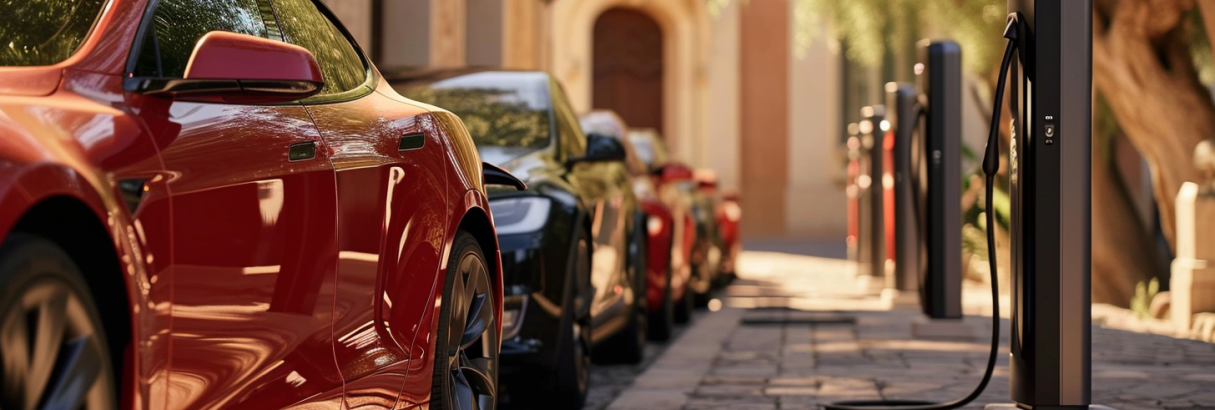Groendus – Optimal EV charge management #SWI2024
Who are we?
Groendus helps businesses optimize their energy management and make it more sustainable – by saving energy, generating energy themselves, and consuming energy intelligently. We look far beyond the electricity meter. But for the energy transition to succeed, we need to do more. That’s why we’re also building a future-proof energy system. Together with customers, we’re creating a new energy network.
Scenario
Our client is a company that wants to make its energy use more sustainable. The client partnered with Groendus to install solar power on the roof and implemented an EMS to optimize its energy use and control the charge points. The client has recently installed a charging Location with multiple EV charge points. The charge points are used to charge EVs of employees and visitors.
Previously, the charging process was initiated when visitors plugged in their EVs using grid power at peak hours. At midday, EVs were fully charged while solar power generation was at its peak. In order to address this inefficient and expensive behavior, we aim to create a steering algorithm to optimize the charging sessions. Optimizing charging sessions means charging when the energy is most sustainable and reducing grid congestion by maximizing self-consumption.
In the current situation, we generate reactive charging signals based on the instantaneous available grid power, electricity prices, and self-generated power. We want to go further.
Challenge
The challenge at hand involves managing a charging location without interaction with EV users but with a rough forecast of the solar power generation and accurate information on the instantaneous available grid power. The complexity lies in devising a strategy to optimize the charging plaza, maximizing self-consumption of generated energy, and minimizing the cost of the charging sessions. The key question is: How can we achieve this optimization while meeting the expectations of the charging plaza users?
The goal is to create a solution that incorporates a model of the expected behavior of EV users at the charging location. Additionally, we aim to analyze the impact of various inputs and explore methods for algorithmic enhancements to ensure a balance between optimizing energy consumption and meeting user expectations.
Objectives
- Model the expected driver behavior to optimize charging sessions at the charging location
- Assess the impact of different inputs on the optimization process
- Suggest new methods, inputs, and views for enhancements

